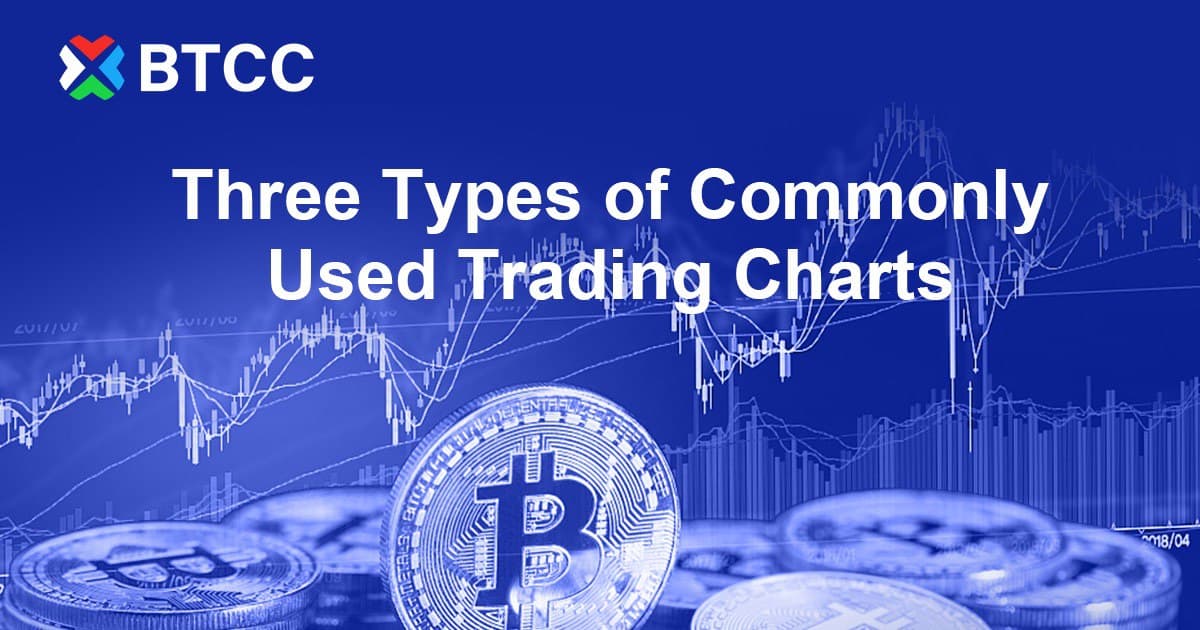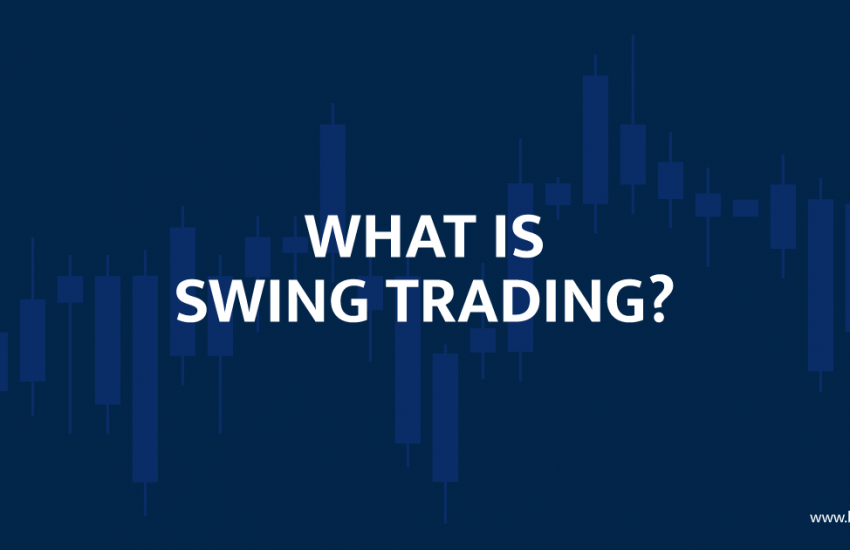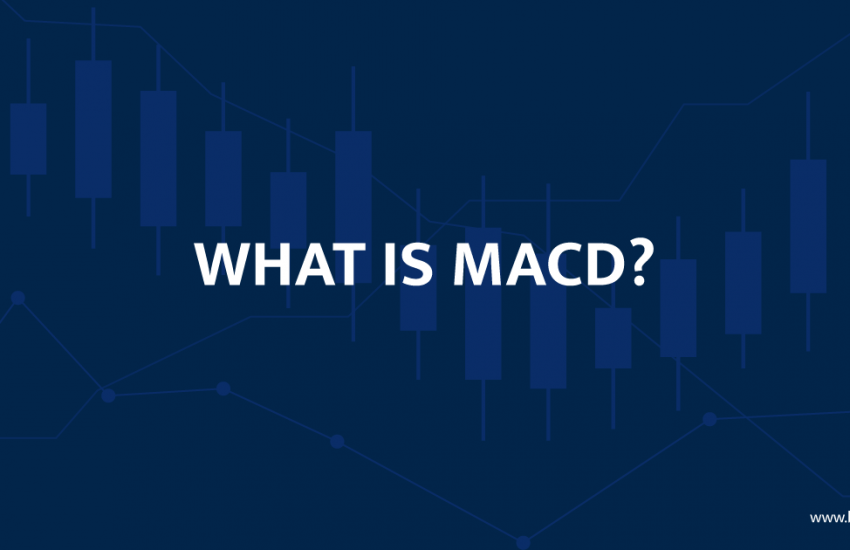Three Types of Commonly Used Trading Charts
There are three major commonly used trading charts, namely line, bar and candlestick charts. These charts are important for traders to perform technical analysis. It is essential to understand the difference between different types of charts and how these charts are built.
Line Charts

Line charts are the simplest form of charts, which are formed by the lines that joined from one closing price to the next closing price. Line chart only require one piece of information which is the closing price, this type of chart is suitable for traders who trade on a daily and not on intra-daily basis as they consider the closing price is more significant than the open, high or low, while the intraday swing can be ignored.
Bar Chart

Unlike line charts, bar charts provide more information such as opening and closing prices, and also the highs and lows for the specified period. The whole bar represents the trading range from the specified period, with the bottom of the bar shows the lowest traded price, while the top means the highest traded price.
The short horizontal line extending to left of the bar indicated an open price, while the close price is displayed as a short horizonal line extending to the right.
Bar chart is ideal for representing a huge amount of data than candlesticks, as each individual bar are relatively thin to fit more bars.
Candlestick Charts

Candlestick charts present the same information as bar charts, but the difference is the way candlestick charts present the information. For example, the upper shadow indicated the highest price, while the lower shadow showed the lowest price.
The length of the body represents the intensity of buying and selling pressure. For example, the longer the body, stronger the buying or selling pressure. Longer body mean the more volatile the price there was, while shorter candlestick indicate less volatility and represent consolidation.
BTCC offer 9 major cryptocurrencies, and offering 16 trading pairs with maximum of 150x leverage.
Download our app now: https://bit.ly/32corRW
Follow us on social media!





